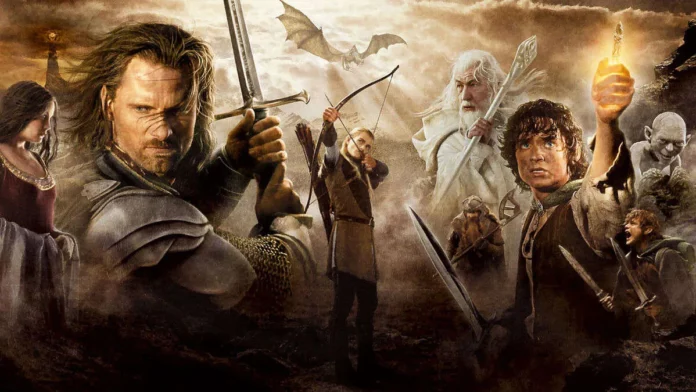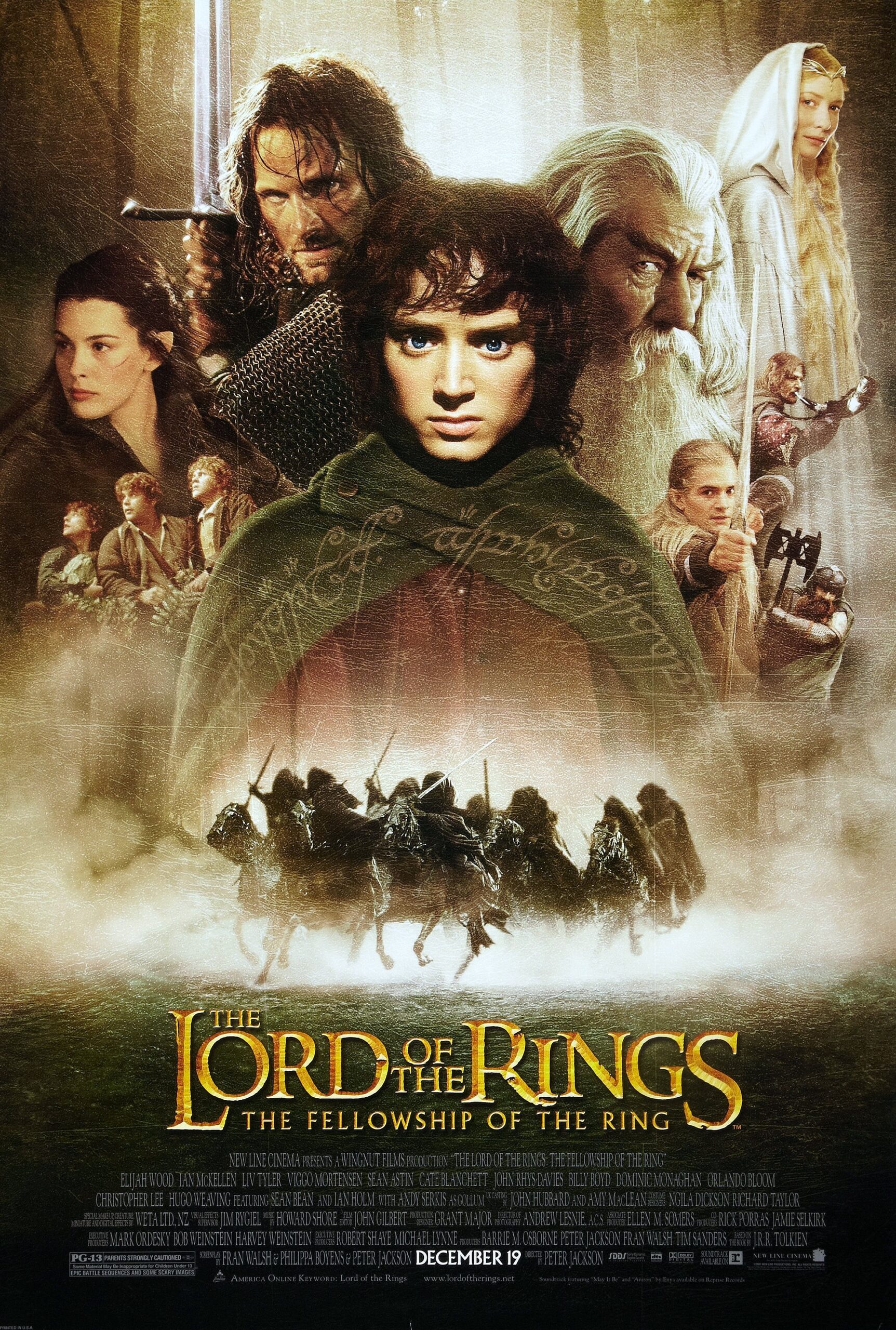ENTERTAINMENT- “The Lord of the Rings” film series, directed by Peter Jackson is based on the epic fantasy novels written by J.R.R. Tolkien. The movie series was released in the early 2000s and have since become iconic in the fantasy genre. Itrybe provides an analysis of the trilogy as a whole:
Story and World-Building: The “Lord of the Rings” trilogy is set in the fictional world of Middle-earth, where various races, including humans, elves, dwarves, hobbits, and others, coexist. The story revolves around a powerful ring created by the dark lord Sauron, which grants its wearer immense power. The evil Sauron seeks to reclaim the ring to conquer Middle-earth, while a small group of unlikely heroes, led by Frodo Baggins, must undertake a perilous journey to destroy the ring in the fires of Mount Doom, the only place where it can be destroyed. The intricate world-building and attention to detail in creating Middle-earth have contributed to the enduring popularity of the trilogy.
Themes: The movies explore several profound themes, including the battle between good and evil, the corruption of power, the importance of friendship and loyalty, and the idea that even the smallest and humblest individuals can have a significant impact on the world. The struggle against overwhelming odds and the theme of sacrifice are central to the narrative, making it emotionally resonant with the audience.
Character Development: “The Lord of the Rings” trilogy features a vast ensemble cast, each with their own unique personality and story arcs. The characters undergo significant development throughout the movies, grappling with their fears, doubts, and destinies. Notable characters like Frodo Baggins, Samwise Gamgee, Aragorn, and Gollum are particularly well-portrayed and have left a lasting impression on viewers.
Visual Effects and Cinematography: The trilogy’s visual effects were groundbreaking for their time and still hold up well today. The vast landscapes, intricate battle sequences, and fantastical creatures were brought to life with remarkable skill and attention to detail. The cinematography, particularly in the New Zealand landscapes, added to the grandeur and beauty of Middle-earth.
Impact: The “Lord of the Rings” trilogy had a massive impact on popular culture and the film industry. It not only set new standards for epic fantasy filmmaking but also demonstrated how fantasy stories could appeal to mainstream audiences. The trilogy’s success paved the way for other fantasy franchises and expanded the genre’s presence in cinema and television.
Critical and Commercial Success: The trilogy was both a critical and commercial success. It received numerous accolades, including several Academy Awards, and grossed over $3 billion worldwide. The movies were praised for their storytelling, visual effects, and performances.
In conclusion, “The Lord of the Rings” trilogy is a landmark in filmmaking and a beloved fantasy epic that continues to captivate audiences around the world. Its enduring legacy speaks to the power of storytelling and the impact of visionary filmmaking.









